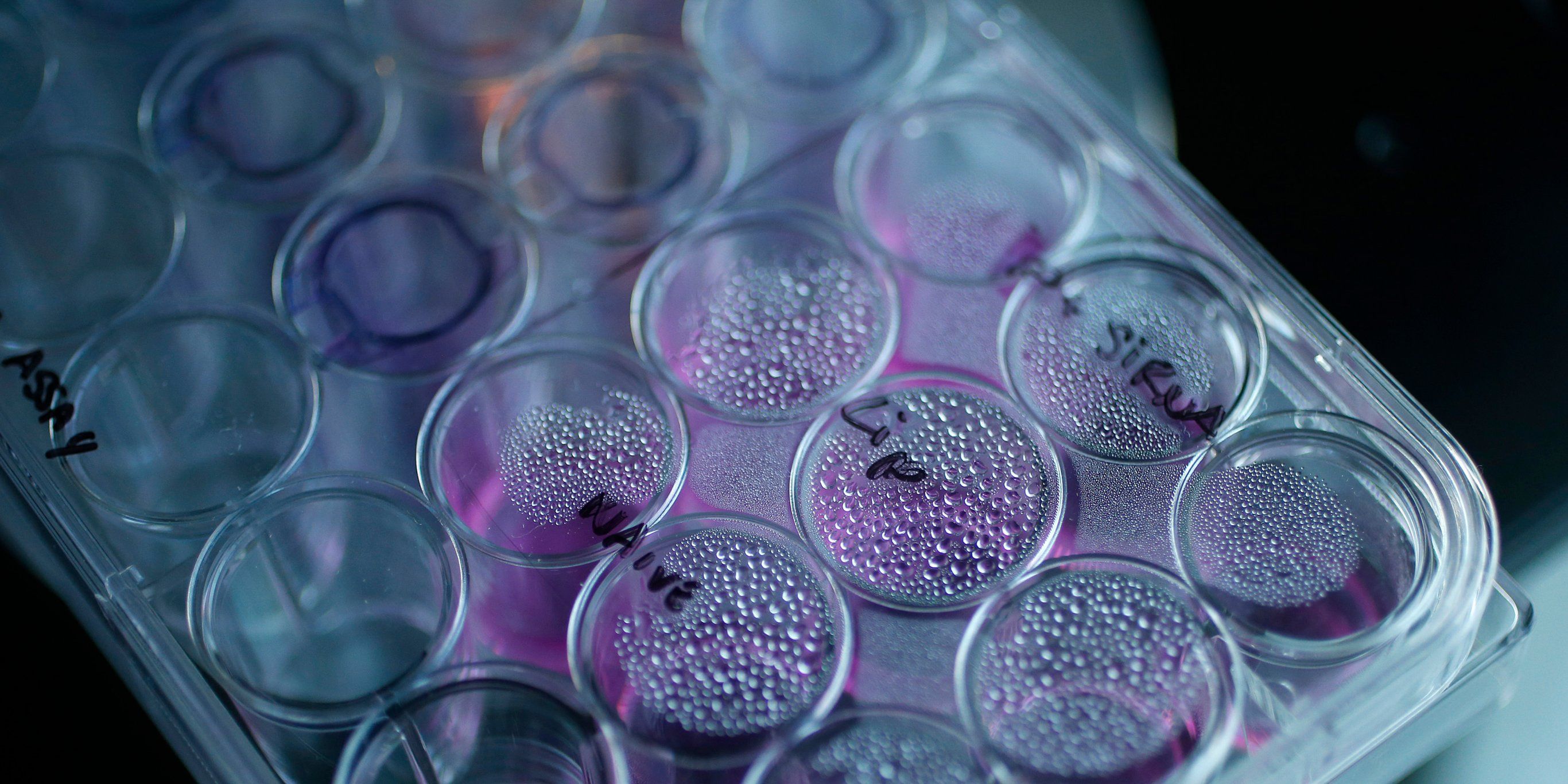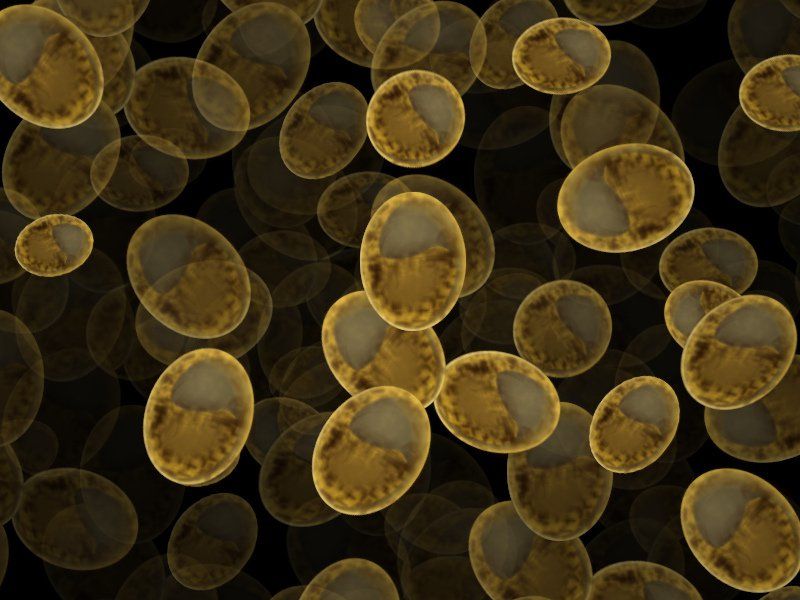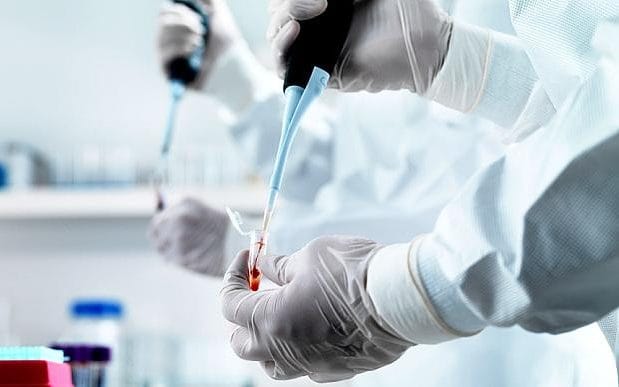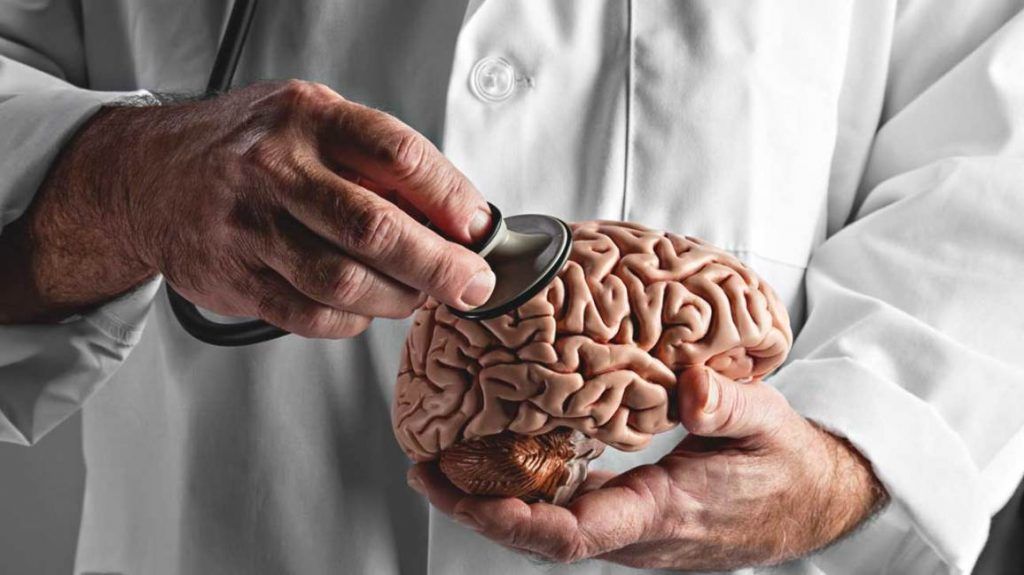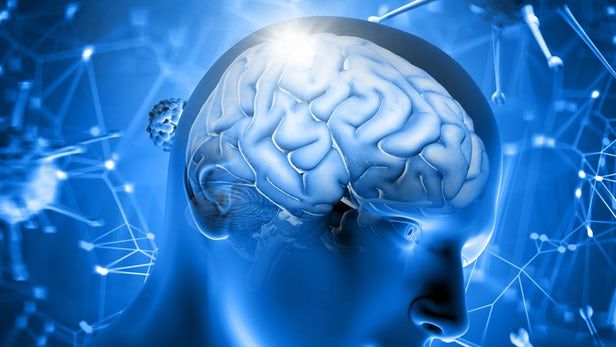A merican girls are now going through puberty significantly earlier than in decades prior, a trend that’s been linked to physiological and psychological risks. The various factors thought to drive early puberty include obesity, toxic stress, and environmental elements. A landmark study published Monday looks at one particular type of environmental element — the chemicals in household items.
A long-running study on mothers and children published in Human Reproduction determined that the onset of female puberty is associated with exposure to chemicals like phthalates, parabens, and the antibacterial agent triclosan. These products in personal care products, like some brands of perfumes, cosmetics, and toothpaste. The same result was not found in populations of boys, whose timing of puberty was also examined in this study.
“We have known for the past 15 to 20 years that girls are entering puberty at an earlier age than they used to in the past,” lead author and University of California, Berkeley associate professor Kim Harley, Ph.D. tells Inverse. “We certainly know that obesity plays a role in that but now we also know that the hormone-disrupting chemicals that are in our homes and in our environment could be an additional factor that’s contributing to this.”
